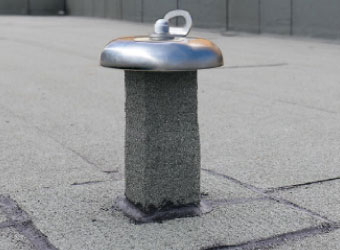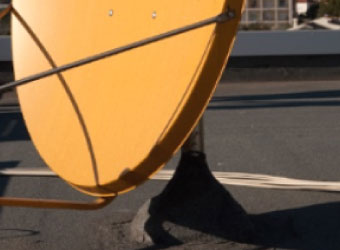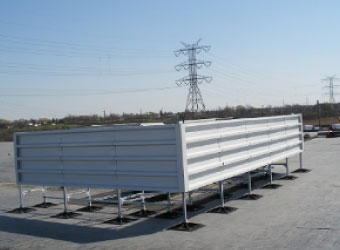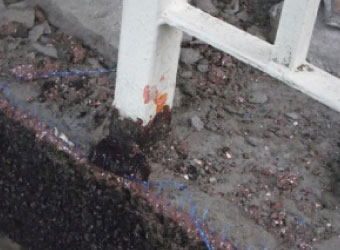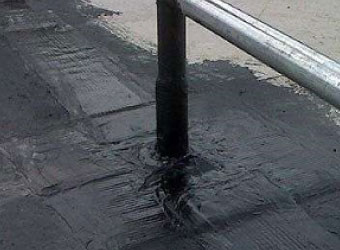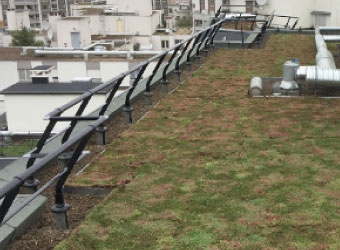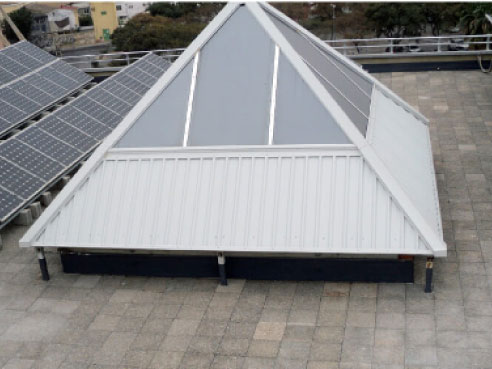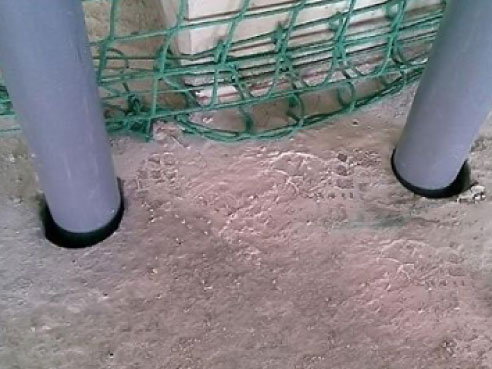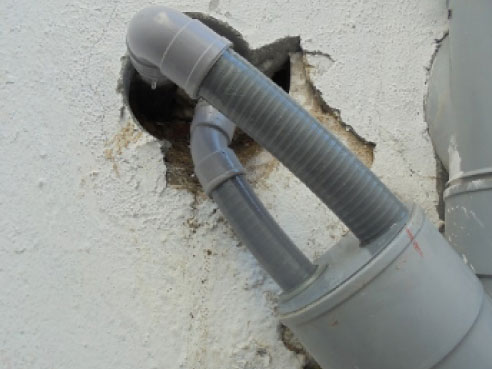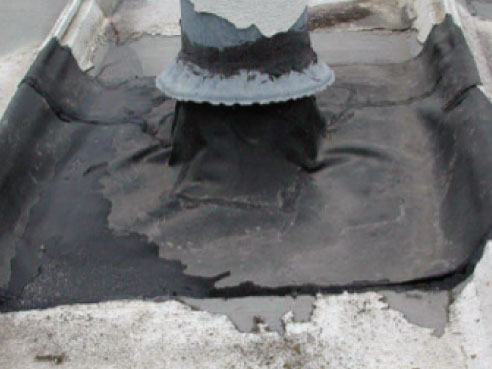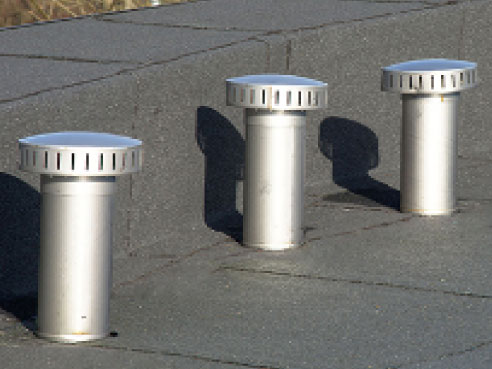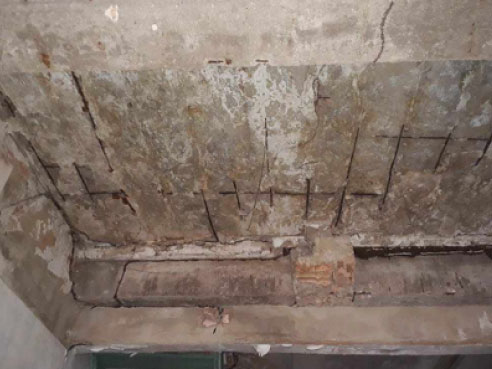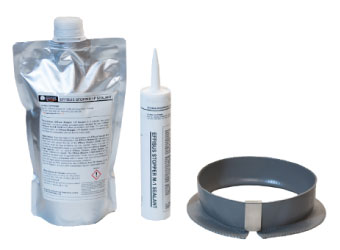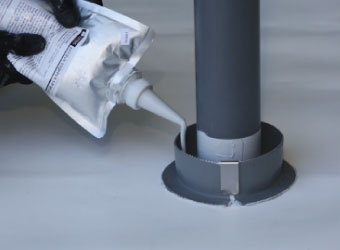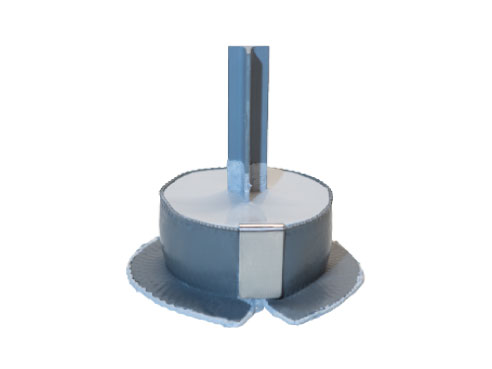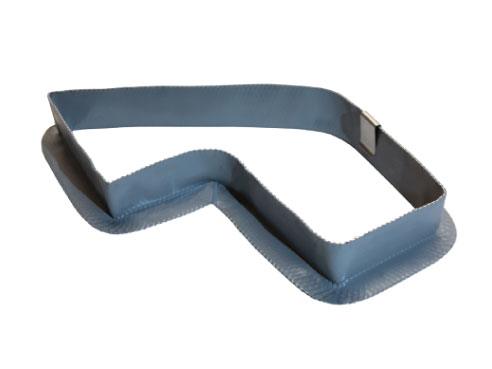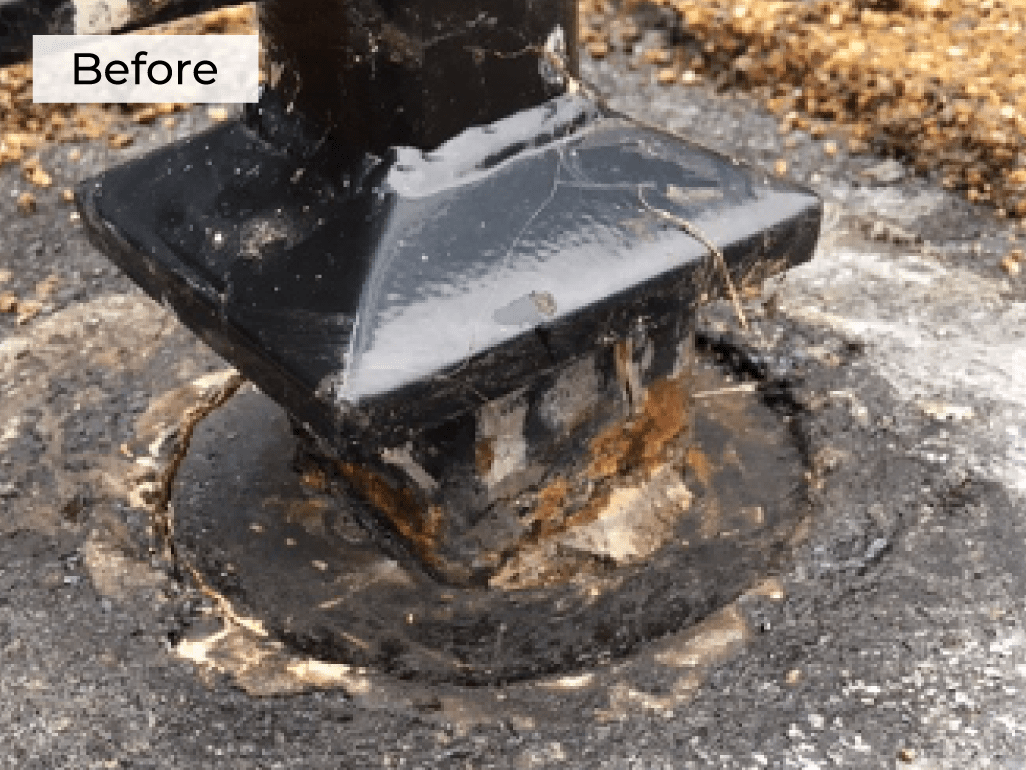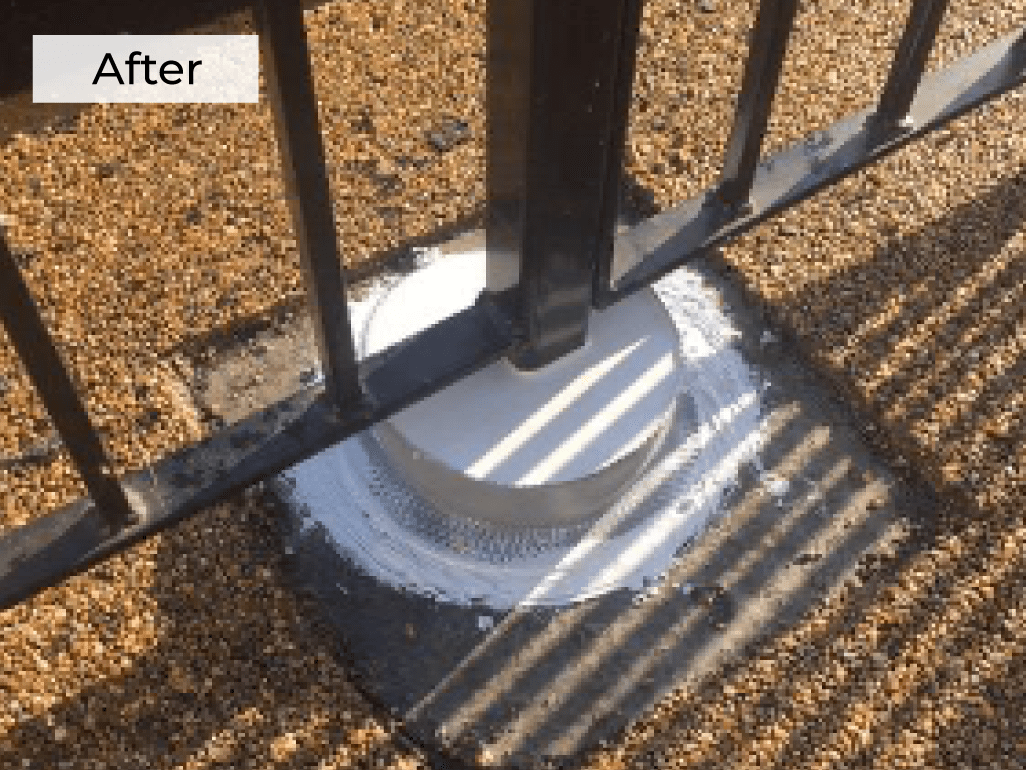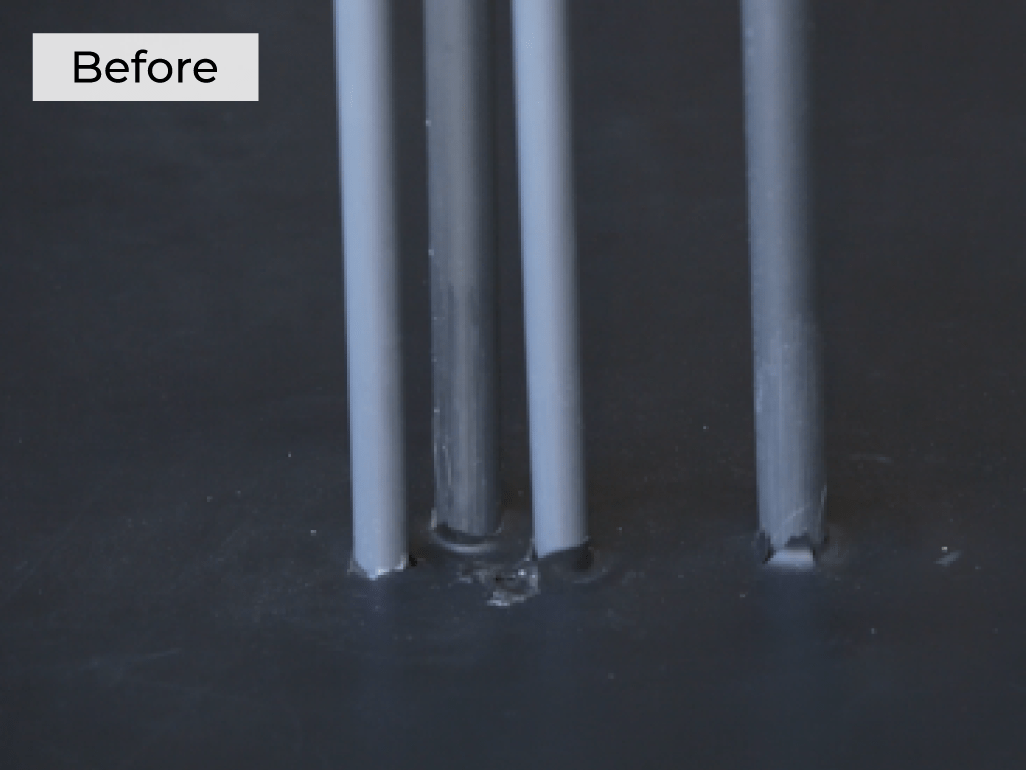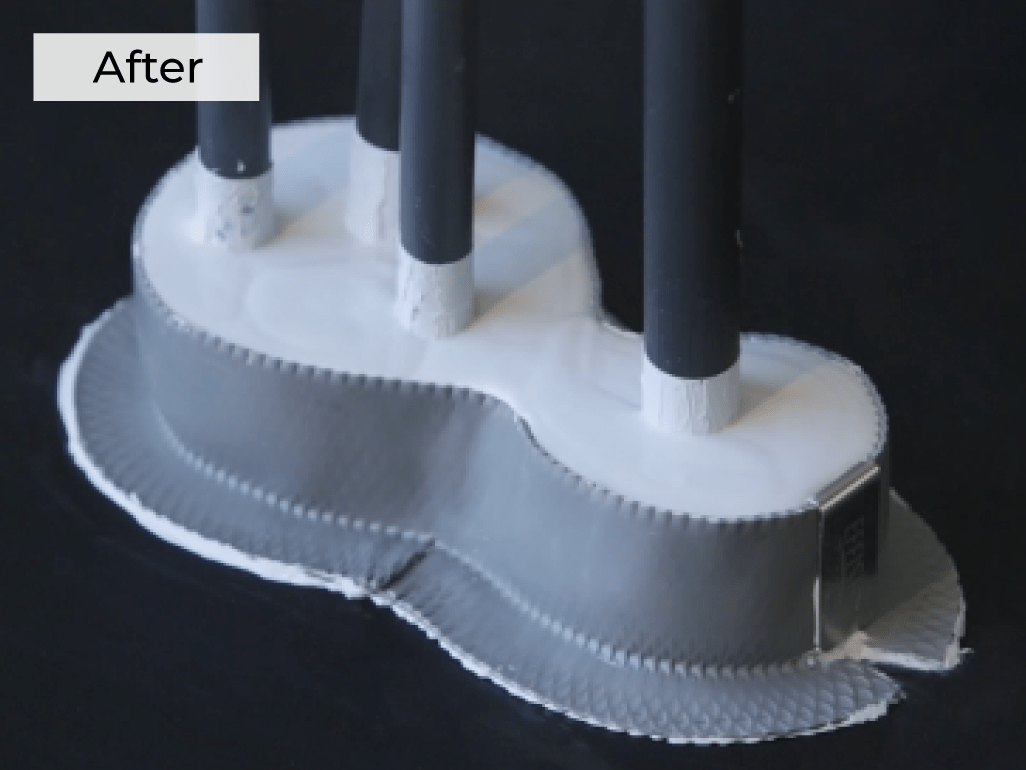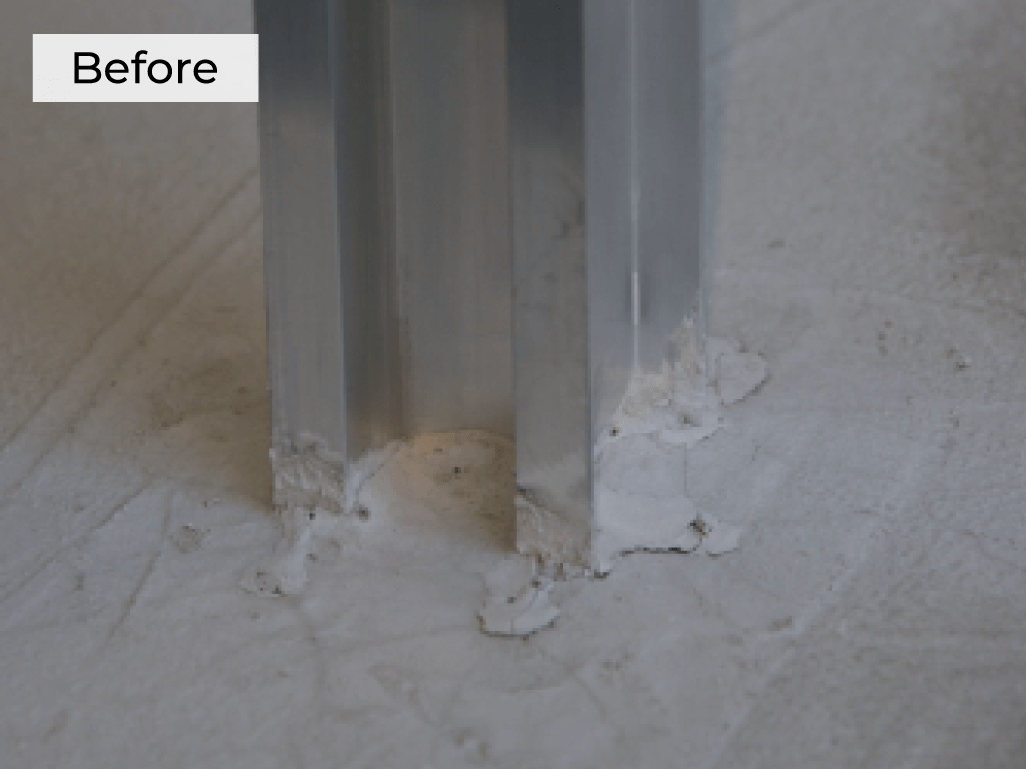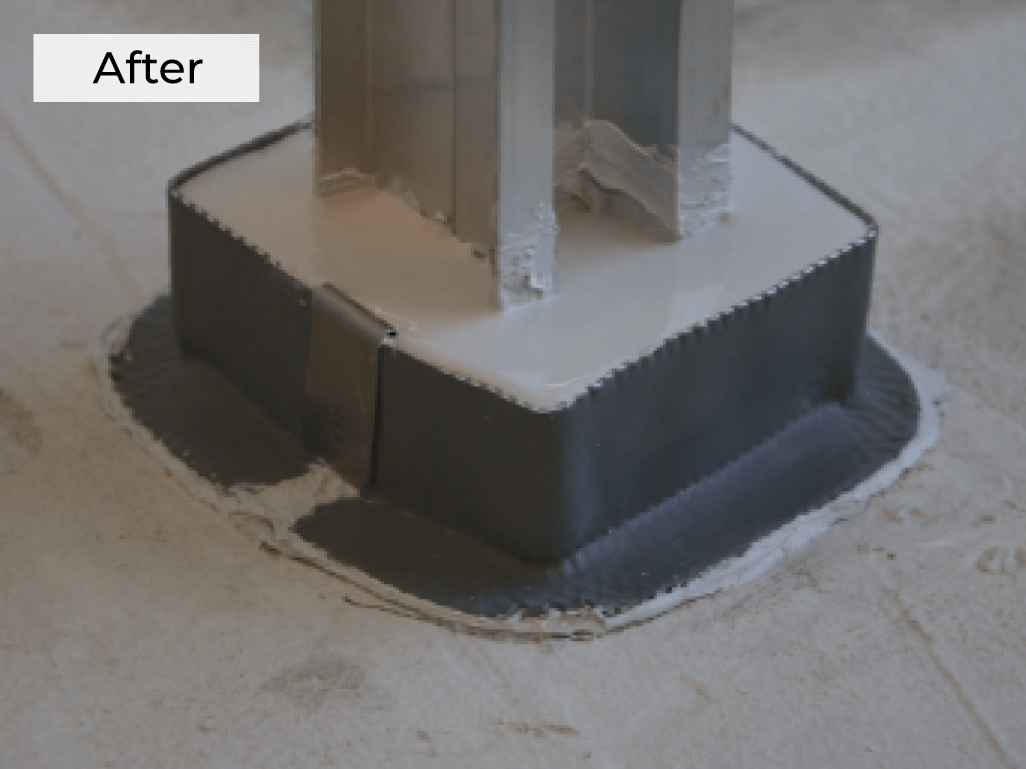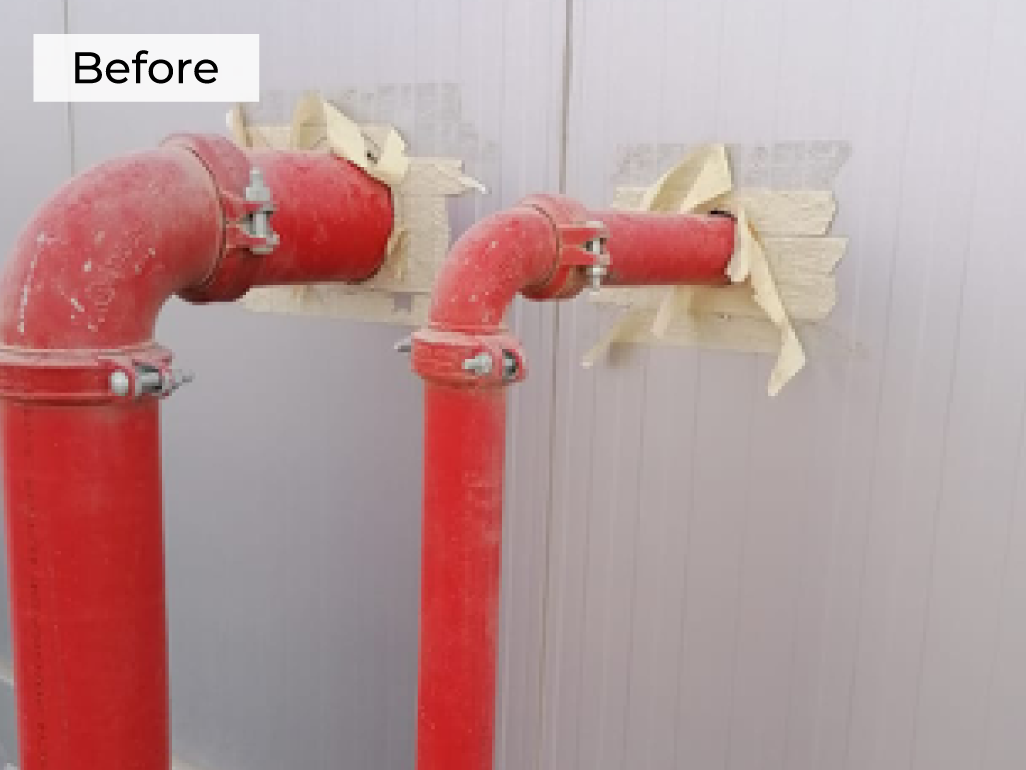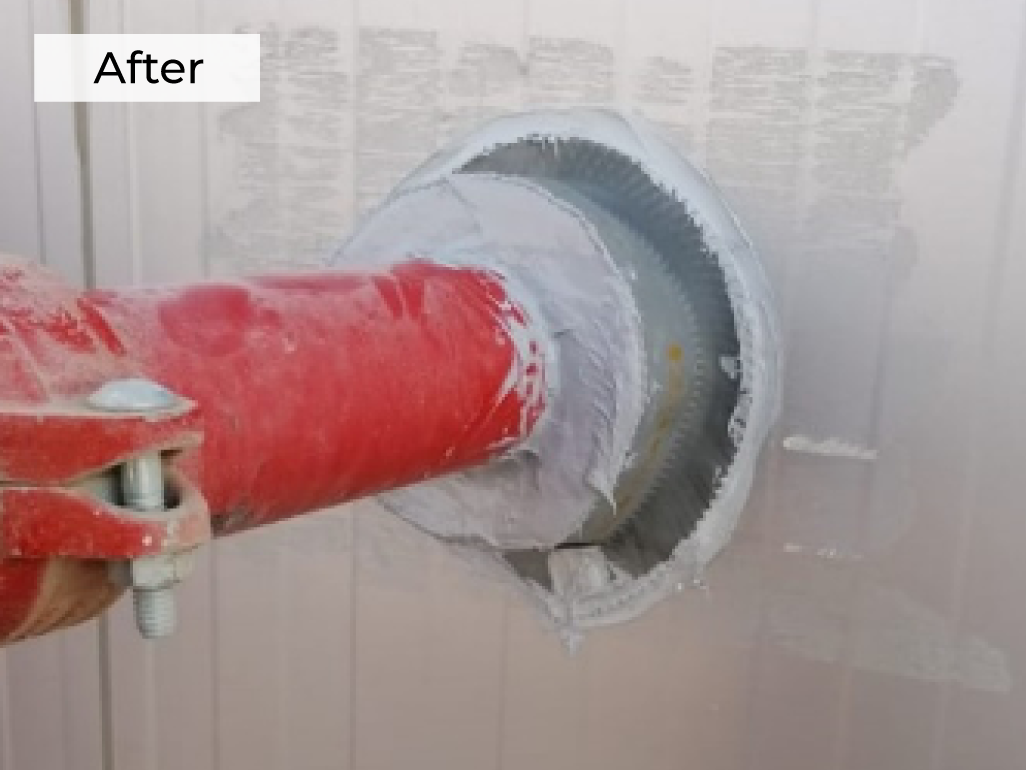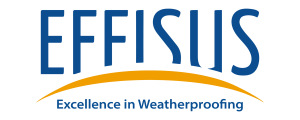
Roofs and facades
The roof and the facades are a fundamental part of any construction, both due to the fact that they protect it by waterproofing it against wind, rainwater, water vapor, etc., as well as because they exert thermal and acoustic insulation and have an aesthetic function.
There is a wide range of formats, materials and construction methods in its design, although its main properties are related to waterproofing, water intake and distribution, resistance to the elements to which it is exposed and durability.
There are many types of agents that can exist on the surfaces of a roof or facade, and one of the most recurring are perforations. The penetrations are actions as much necessary as they are problematic considering that they drill the surfaces by letting in air and water.
In this article it will be discussed the problems that presents on the crossings located both horizontally and vertically on flat surfaces and how to solve them in order to ensure their complete waterproofing:
A – Different types of perforations – an inescapable requirement
B – Problems resulting from leaks
C – Effisus Solution
D – Application examples
A – Different types of perforations – an inescapable requirement
The most common perforations found are the following:
- Plumbing: water drainage, water run pipes, water supply
- Chimneys
- HVAC Systems
- Metal profiles
- Cable routing
- Solar equipment, photovoltaic panels, solar panels
- Ventilation ducts
- Electrical conduits
- Building perimeter guards, railing
Bellow are different examples of what is usually found on roofs and facades:
1) Bolt connections
In the majority of buildings with flat roofs there are different types of bolts to its surface which allow a wide variety of elements to be attached to the structure. Examples of these applications are solar panels, structures of protection, antennas, etc. All these fasteners, over time, by carrying the weight and movements of the devices fixed due to the meteorological agents that affect them, begin to loosen and create leaks on the surface.
2) Railings and guards
The installation of permanent railings and perimeter guards at places of transit where maintenance activities are carried out or are used as a protective measure, cause medium and long-term problems in their connections to the surface. The wear of the base materials that are in contact with the substrate creates major problems of leakage into the construction.
3) Pipes or posts
At the points where a pipe or post cross the surface from the inside to the outside is crucial to carry out a proper sealing. In all these junctions if the waterproofing of the holes that are generated is not carried out from the beginning, the appearance of leaks is inevitable, causing big problems in the interior of the construction due to the fact that it isn’t possible to ensure the watertightness of the perforations.
4) Vertical perforations
Penetrations are not only found on horizontal surfaces. Along the facade there are numerous crossings of cables and pipes. These areas are very complicated to waterproof due to their localization, which causes errors in their applications that will result in problems of leaks at the joints between surfaces, creating complications inside the building.
B – Problems arising from leaks
Leakage problems appear when installations are carried out in an inadequate or unprofessional way. The most common applications are the use of zinc or galvanized metal sheets, sealants and other short term solutions. This can be a good solution, but when the action of the wind and rain water become strong against the devices, it turns into a big problem because of constant structural movements and thermal expansion. The systems could not only bend or loosen at the base, but also cause cracks on the surface, resulting in material wear and premature failure.
When complications start to appear on the outside of the building, they are then reflected on the inside of the building. The main consequences are:
- Fissures and cracks on the ceilings
- Humidity and condensation
- Mold and fungus
- Breakage of paint or plaster
- Shrinkage of materials
C – Effisus Solutions
Throughout this article, different problems of leaks on flat surfaces have been presented. The solutions presented by the market to solve them are many and varied for each type of specific situation. Today a unique system is presented that allows the above mentioned applications to be waterproofed easily, quickly and efficiently.
It is the Effisus Stopper System.
Effisus Stopper system consists of three elements that are permanently flexible and adaptable to any situation and configuration on site. It is based on a curb, Effisus Multishapper, flexible and conformable based on polymer rubber with an interior aluminium reinforcement; and on two sealants. On the one hand the sealant Effisus Stopper M-1 that allows the curb to be adhered to any surface with total watertightness and, on the other hand, the sealant Effisus Stopper 1-P that helps filling the curb in a self-leveling way with a permanent flexibility throughout its service life.
Solution benefits:
- Customizable – adaptable to any dimension or configuration
- Easy to install – installation in less than 15 minutes
- Universal – compatible with all types of membranes and materials (TPO, PVC, EPDM, concrete, cement, etc)
- Resistant – resistant to water, UV’s and ozone, resistant to ice and stagnant water
- Flexible – permanently flexible, absorbing structural movements
- Environment – ecofriendly, no hazardous substances
- Easy to apply – easy to handle materials and common accessories
Bibliography:
Image 1: https://unsplash.com/photos/Qc9dGeRdWLA
Image 3: http://www.planthub.com/proScreen.html
Image 5: https://www.raipintores.com/blog/materiales-impermeabilizacion-cubiertas
Image 8: https://cofenxa.com/taladros-cortes/
Image 9: https://solvertvalencia.com/cambiar-tuberias-comunidad-de-vecinos/
Image 10: http://www.nfmt.com/orlando/pdf/CommonRoofingProblemswhitepaper.pdf
Image 12: https://www.barbourproductsearch.info/flat-roof-penetrations-best-practice-news076187.html
Image 13: https://www.nucleodoconhecimento.com.br/engenharia-civil/manifestacoes-patologicas
Image 14: https://www.nucleodoconhecimento.com.br/engenharia-civil/manifestacoes-patologicas
If you want to receive more information about Effisus services or products, please subscribe our Newsletter.




